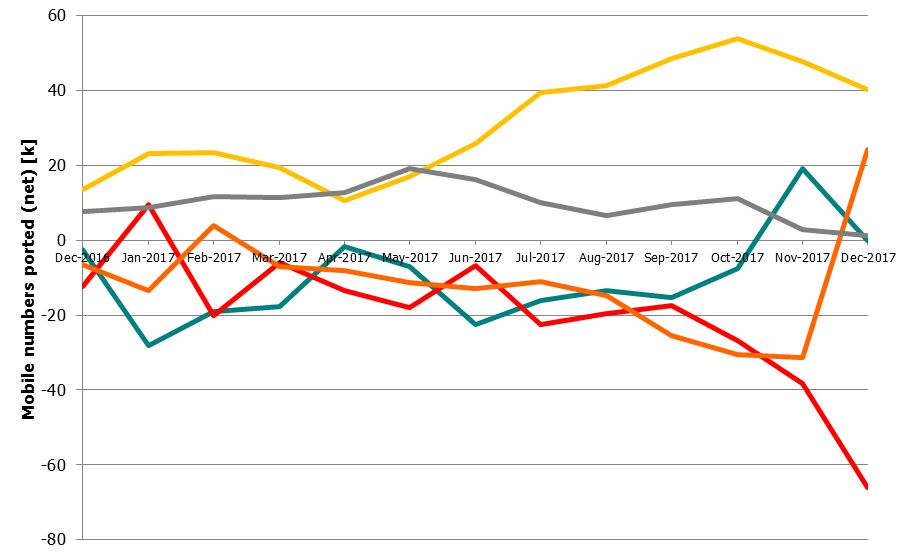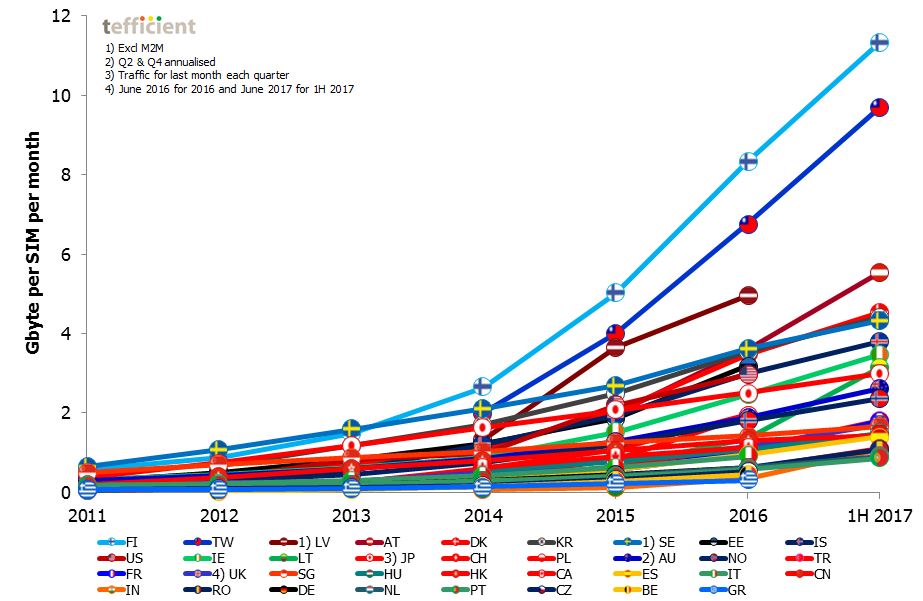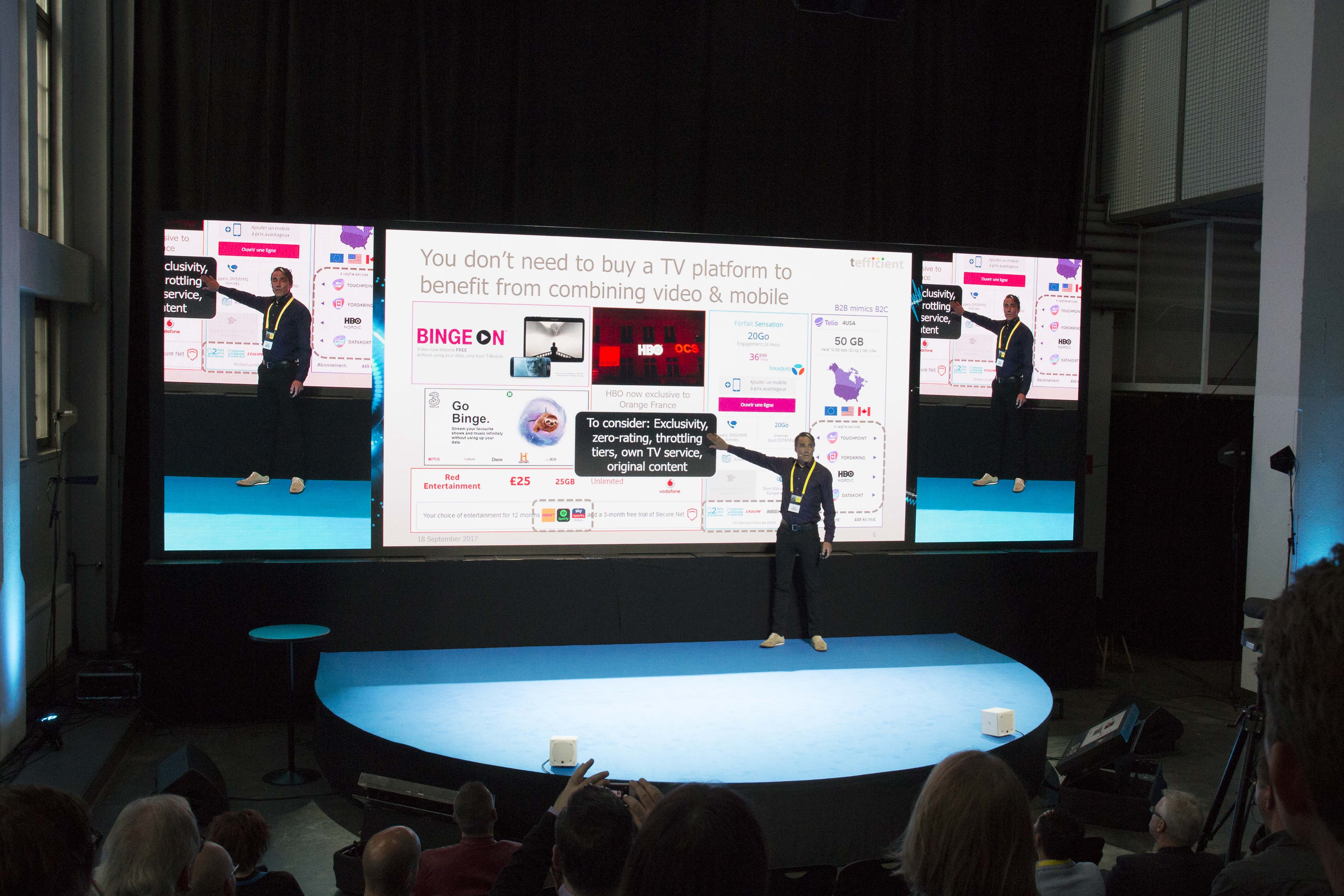Reference: Analysis and Go-to-market, 2018
Quantitative and qualitative exploration and analysis project starting with a Nonstop Retention® benchmark for a specific country market.
Analysing a wide area of propositions and tactics from several different markets:
- Multi-user and multi-device plans
- Fixed-mobile convergent plans
- Premium value plans and options
- Flexible plans and sub-brands
- Early upgrade plans for handsets
- Loyalty programmes
Identifying best practice with regards to impact on revenue, take-up and customer loyalty. Applying it to the local market competitive context, resulting in a recommendation presented during interactive workshops.
Continue reading How to continue to improve mobile service revenue and customer loyalty







